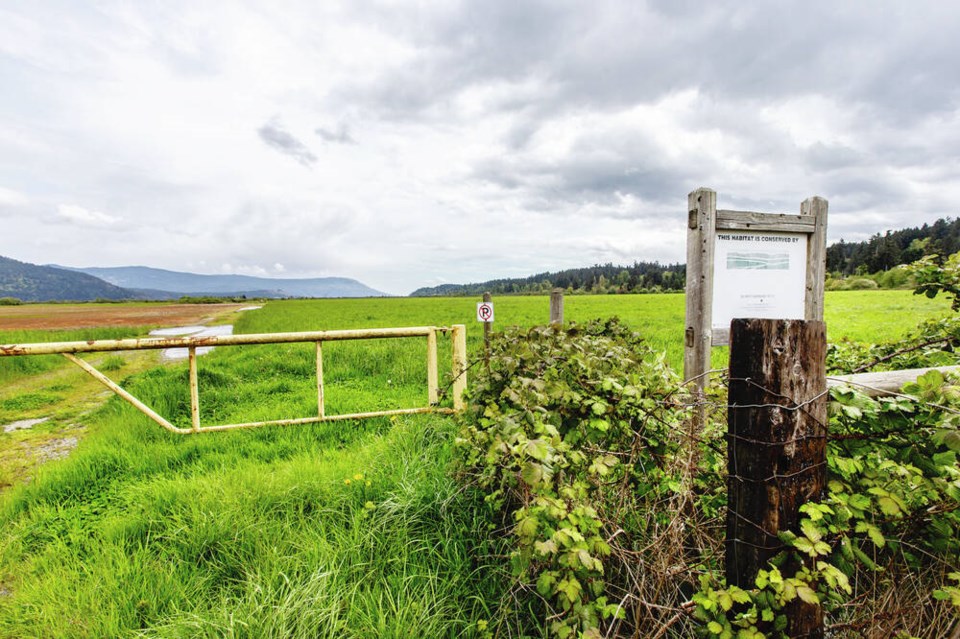The concept of a carbon bomb is pretty simple: It’s a potential source of a large amount of CO2 that could be released quite rapidly (or the loss of important carbon sinks), accelerating global heating and taking us beyond the 1.5 C and even the more damaging 2 C targets that have been internationally agreed upon.
Key to understanding the importance of carbon bombs is the concept of the carbon budget, which is the amount of CO2 that can be released into the atmosphere globally without pushing global heating above 1.5 C.
In its August 2021 report, the Intergovernmental Panel on Climate Change (IPCC) reported that to have a 66 per cent probability of staying below a 1.5 C rise, we can add no more than 400 billion tonnes of CO2 from the start of 2020 and 1,150 billion tonnes to stay below a 2 C rise.
Globally, we currently emit about 36 billion tonnes annually, so we will exhaust the allowable emissions to keep heating below a 1.5 C rise in “just 11 years if no reductions are made, i.e. the global carbon budget runs out at the end of 2030,” the IPCC stated. We have only 32 years at current emission rates if we are to keep below a 2 C rise.
The term “carbon bomb” was initially applied to what might be called “natural” carbon bombs. I put “natural” in quotation marks because while coming from natural sources — permafrost, forests and peatlands and marshes — these carbon bombs are nonetheless created through human action.
More recently, the term has been expanded to include fossil-fuel projects that will emit more than one billion tonnes of CO2 over the lifetime of the project; together they have the potential to take us well beyond these targets.
Human-induced global heating — which is more marked at the poles — results in thawing of permafrost, releasing large volumes of CO2 and — even worse — the potent greenhouse gas methane.
The amount of carbon locked up in northern permafrost is worrying. In a July 2011 article about the Polaris Project, a Woods Hole Research Center project looking at climate change in the Arctic, Dallas Murphy noted “there are very few mechanisms in nature that are capable — on short timescales — of transferring huge stocks of carbon from the land into the atmosphere. Permafrost thawing heads the short list.”
In a 2019 review for the NOAA’s Arctic Program, Ted Schuur, a leading permafrost expert, noted these soils contain roughly 1.5 trillion tons of organic carbon, “about twice as much as currently contained in the atmosphere.”
Moreover, about two-thirds of this carbon — 1,000 billion tons — is within the top three metres of the soil, so it is likely to be readily affected by thawing. He reports that these regions are already releasing between 0.3 and 0.6 billion tons of carbon annually, which is equivalent to roughly 1-2 billion tons of CO2. Ongoing and indeed increasing global heating will likely make this worse.
Other “natural” carbon bombs include the release of carbon from deforestation, together with the loss of the carbon sink potential of the intact forest, as well as the loss through development of peatland and marshes, which are important carbon sinks.
Just last week the Cowichan-Koksilah salt marsh was featured in this newspaper. Nina Grossman and Hina Alam reported that a recent study led by UVic graduate student Tristan Douglas found the estuary “seizes and stores double the carbon dioxide of a 20-year-old Pacific Northwest forest of the same size.”
But Douglas also warned that “the world has lost about 70 per cent of mangroves and about 30 to 40 per cent of all marshlands and sea grasses in the past 100 years, and will lose another 40 per cent if it’s a ‘business as usual approach’ in the next century.”
So when saąúĽĘ´«Ă˝ permits deforestation or the loss of peatlands and marshes to development, it is in effect being a “carbon bomber,” not to mention adding the vast amounts of CO2 and methane that will be released from permafrost in the North that is already starting to thaw.
So much for “natural” carbon bombs.
Next week, I will focus on the fossil fuel carbon bombs, where saąúĽĘ´«Ă˝ is a big and bad player.
Dr. Trevor Hancock is a retired professor and senior scholar at the University of Victoria’s School of Public Health and Social Policy.



